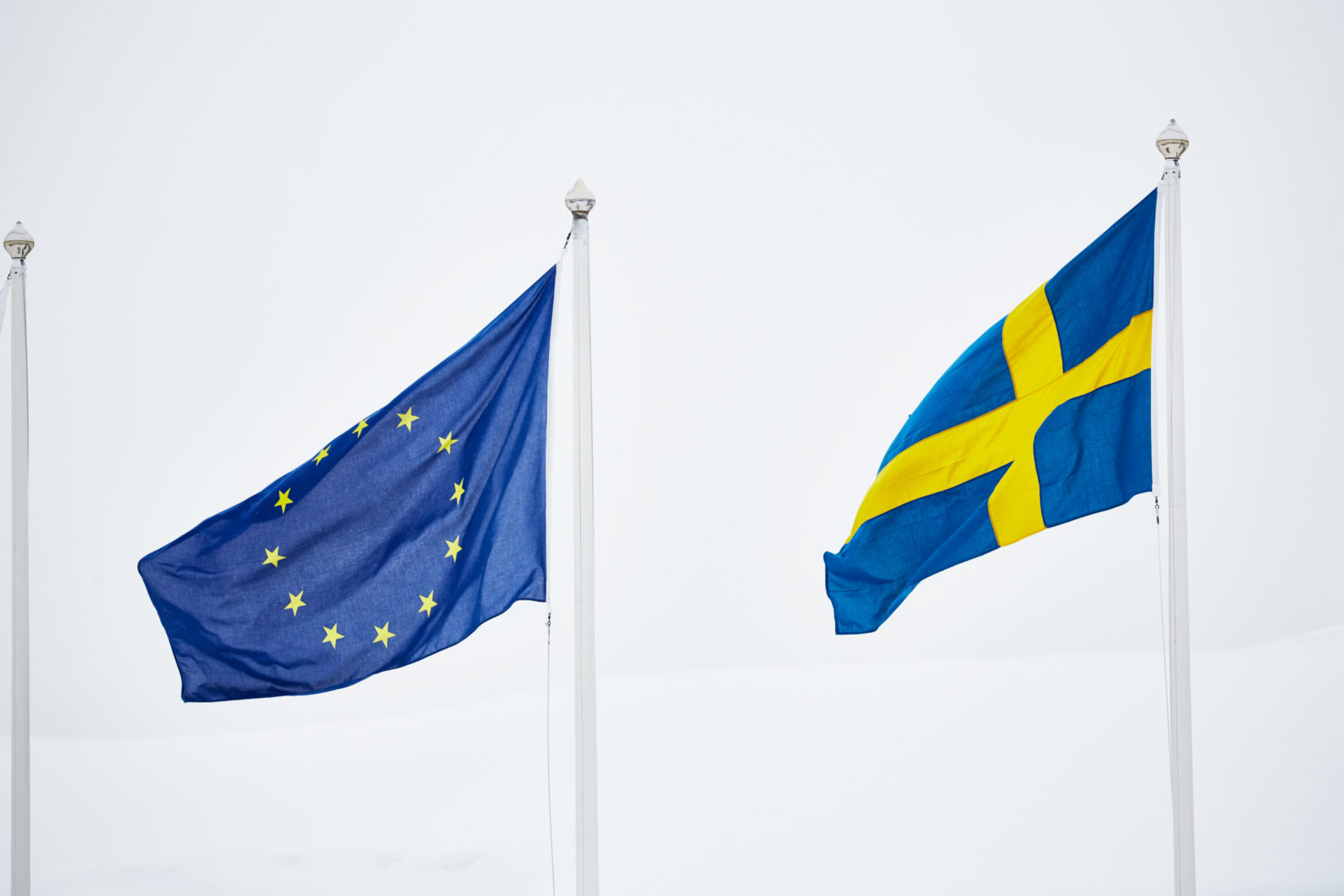May 9 is Europe Day – a day that reminds us of our common history and the desire for peace between European countries. At the same time, preparations are underway for Sweden’s Presidency of the EU Strategy for the Baltic Sea Region.
In July, Sweden will take over the presidency of the strategy’s so-called national coordination group, consisting of representatives from all eight EU member states included in the EU Strategy for the Baltic Sea Region. Anna Hagström, at the Prime Minister’s Office, is the national coordinator of Sweden’s participation in the EU Strategy for the Baltic Sea Region:
– The Swedish presidency comes at an important time to restart the implementation of the strategy after a period of pandemic, which was also the period when the new action plan came into force.
The strategy itself was adopted in 2009, contributing to more cooperation, among other things, within the Baltic Sea region to deal with common challenges and opportunities. During the 13 years that the strategy has existed, it has been an important driving force behind a large number of collaborations in the Baltic Sea region.
As national coordinator, Anna Hagström believes that the strength of the strategy is that it spans from municipalities and regions to organizations, business, civil society and government agencies.
– The strategy is a good tool for cooperation at all levels towards common goals for developing our region and neighbouring area. Then, much of the work is practical. The results are tangible and pushing the development forward.
The practical work takes place within 14 policy areas, with good opportunities to cooperate in different ways, such as networks, platforms, projects, seminars, workshops, et cetera.
Due to external causes such as the pandemic and the arrival of a new action plan, some activities have slowed down. Therefore, Anna Hagström concludes that one of the priorities for Sweden is to get back on track and pick up speed again.
– It is very much about starting activities and collaborations at all levels in the various policy areas within the strategy. But also, about communicating the collaborations and the results. This is especially important at a time when cooperation within Europe is more important than ever before.
About Europe Day
Europe Day commemorates the signing of the ‘Schuman Declaration’ on 9 May 1950. The declaration was an ambitious plan to secure long-term peace in post-war Europe that is considered the beginning of what is now the European Union. Read more about what happens on Europe Day 2022.
About the EU Strategy for the Baltic Sea Region
The EU Strategy for the Baltic Sea Region (EUSBSR), adopted in 2009, is an agreement between the EU Member States and the European Commission to deepen cooperation between EU Member States around the Baltic Sea in order to meet the common challenges facing the countries of the region.
The strategy includes the EU’s eight member states in the region, i.e Denmark, Estonia, Finland, Germany, Latvia, Lithuania, Poland and Sweden and also stresses the importance of cooperating with the region’s neighboring countries that are not members of the EU. Note though that the cooperation with the Russian Federation and the Republic of Belarus within the framework of the EUSBSR is suspended.
The strategy’s three main objective are to Save the Sea, Connect the region and Increase Prosperity. There is an action plan for the strategy that has been updated and a new version came into force in February 2021. The action plan describes the 14 so-called policy areas within which the practical work takes place.
